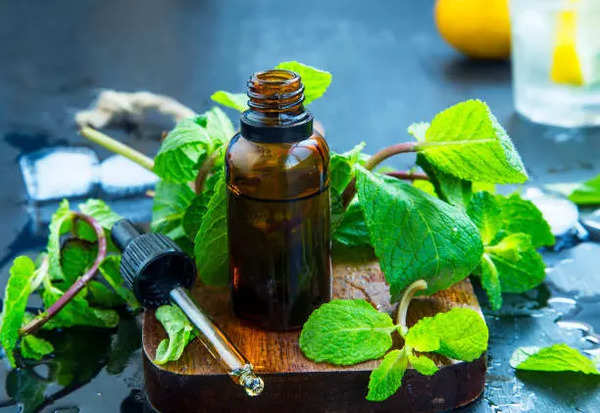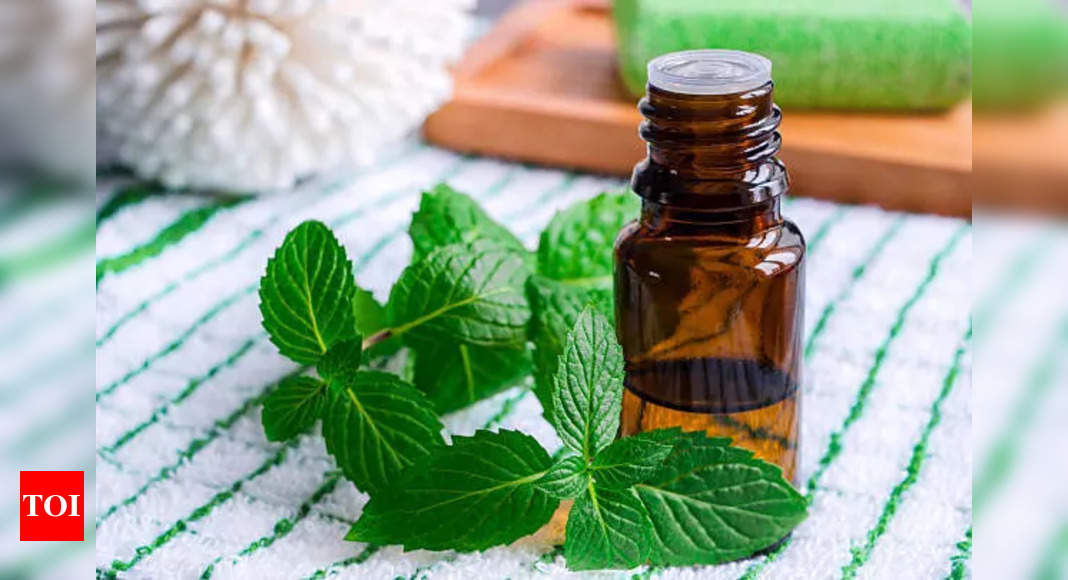Hair loss and bald patches can be frustrating and demoralising, but there are natural remedies that may help encourage hair regrowth. One such remedy is peppermint oil, a popular essential oil known for its invigorating scent and potential benefits for hair health. Research suggests that peppermint oil can stimulate blood circulation to the scalp, promote hair growth, and even improve the overall health of your hair follicles. If you’re looking to regrow hair in bald patches, here’s a step-by-step guide on how to use peppermint oil effectively.
Understanding Peppermint Oil’s benefits for hair
Peppermint oil contains menthol, which is known to have a cooling and soothing effect on the skin. When applied to the scalp, it helps to increase blood flow to the hair follicles, stimulating hair growth. The enhanced circulation allows more oxygen and nutrients to reach the follicles, which may help strengthen hair and promote new growth. Additionally, peppermint oil has antimicrobial properties that can help cleanse the scalp, removing dirt, excess oil, and dandruff, which can obstruct hair growth.

Studies also show that peppermint oil may have positive effects on androgenetic alopecia (a common form of hair loss), by promoting the growth of new hair. A study published in Toxicological Research (2014) demonstrated that peppermint oil, when used topically, resulted in a significant increase in the number of hair follicles and the thickness of the hair shaft.
How to use Peppermint Oil for hair regrowth
To effectively use peppermint oil on bald patches, it’s important to dilute it with a carrier oil and apply it regularly to see results. Here’s how you can do it:
Peppermint Oil scalp massage
A simple and effective method is to create a peppermint oil hair treatment by diluting it with a carrier oil such as coconut oil, jojoba oil, or olive oil. This prevents the peppermint oil from being too harsh on the scalp.
Ingredients:
2-3 drops of peppermint oil
2 tablespoons of a carrier oil (coconut, jojoba, or olive oil)

Steps:
1. Mix the peppermint oil with the carrier oil in a small bowl.
2. Gently massage the oil mixture into your scalp, focusing on the bald patches or areas where hair loss is most prominent.
3. Use your fingertips to massage the scalp in circular motions for 5–10 minutes. This helps stimulate blood flow and ensures the oil is absorbed into the scalp.
4. Leave the oil on for at least 30 minutes, or overnight if you prefer.
5. Wash your hair with a mild shampoo to remove the oil.
6. Repeat this treatment 2-3 times a week for best results.
Peppermint Oil and Castor Oil treatment
Castor oil is well-known for promoting hair growth due to its rich content of fatty acids, vitamin E, and ricinoleic acid. Combining peppermint oil with castor oil can boost the treatment’s effectiveness.
Ingredients:
5-6 drops of peppermint oil
1-2 tablespoons of castor oil
Steps:
1. Mix the peppermint oil with the castor oil.
2. Apply the mixture to the bald patches of your scalp.
3. Gently massage it into your scalp for about 10 minutes.
4. Leave it on for 30 minutes to an hour, or overnight.
5. Wash it out with a mild shampoo.
6. Use this treatment once or twice a week to encourage hair regrowth.
Peppermint Oil and Aloe Vera gel
Aloe vera is another natural remedy that can promote hair growth, soothe an irritated scalp, and provide moisture to dry hair. The combination of peppermint oil and aloe vera gel can provide a refreshing and healing treatment for your scalp.
Ingredients:
2-3 drops of peppermint oil
2 tablespoons of aloe vera gel
Steps:
1. Mix the peppermint oil with the aloe vera gel.
2. Apply the mixture to your scalp, especially on the bald patches.
3. Gently massage for a few minutes to promote absorption.
4. Leave it on for 20–30 minutes, then rinse off with lukewarm water.
5. Use this treatment 1–2 times a week to help encourage hair regrowth.
Peppermint oil can be a natural and effective remedy for regrowing hair in bald patches by stimulating circulation, improving hair follicle health, and encouraging new growth. However, always remember that individual results may vary, and it’s important to be patient and consistent with your treatment.


